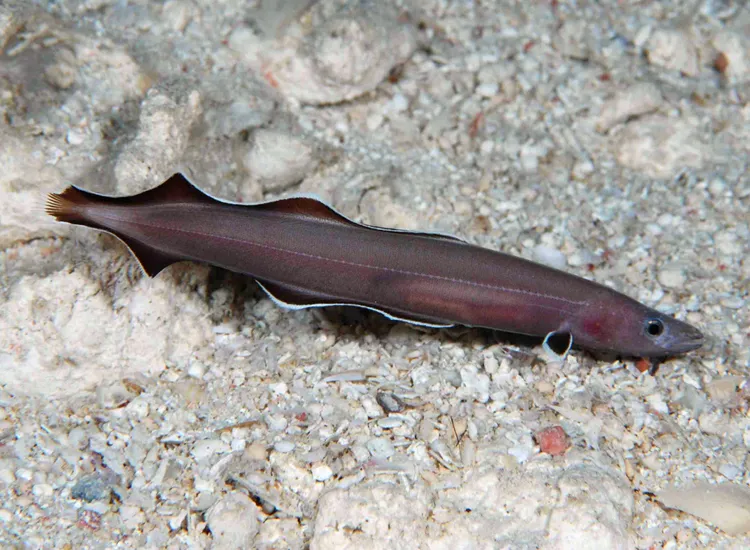Palauan primitive cave eel (Protanguilla palau), a 'living fossil'

The Palauan primitive cave eel (Protanguilla palau) has an evolutionary history that dates back some 200 million years. Because of this and the fact that it has retained some primitive features, scientists are recognizing it as a 'living fossil.'
A Japanese research diver, Jiro Sakaue, found the first specimen in February 2009, in a cave of a reef near the Republic of Palau. After extensive morphological and DNA analysis, Smithsonian ichthyologist David Johnson and colleagues from Palau and Japan determined that the genus and species belongs to a new family of eels called Protoanguillidae. Unlike all other known species of eel, Protanguilla palau has a fully developed set of toothed gill rakers. These bony structures help retain food. The specimens that scientists have collected range in size from 44 mm (1.7 in) to 179 mm (7 in). The team published its findings online in the Proceedings of the Royal Society B on August 17, 2011.

